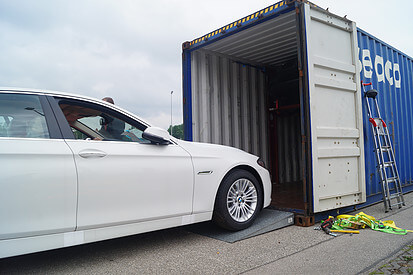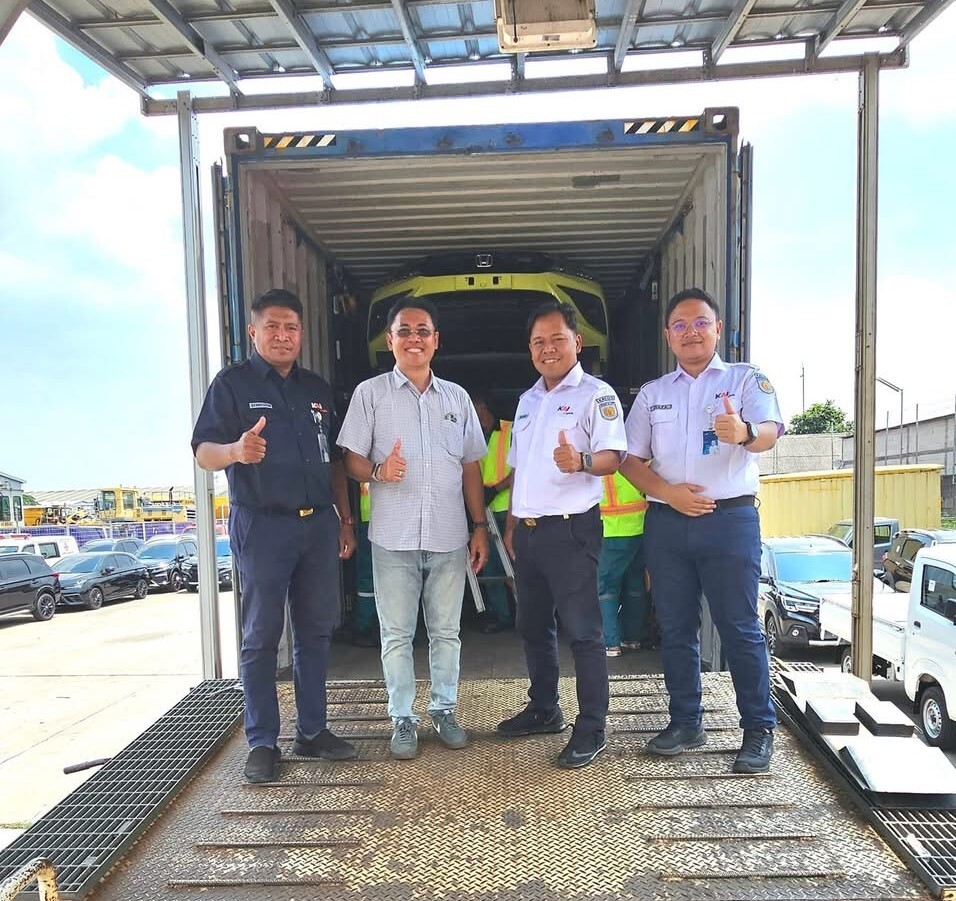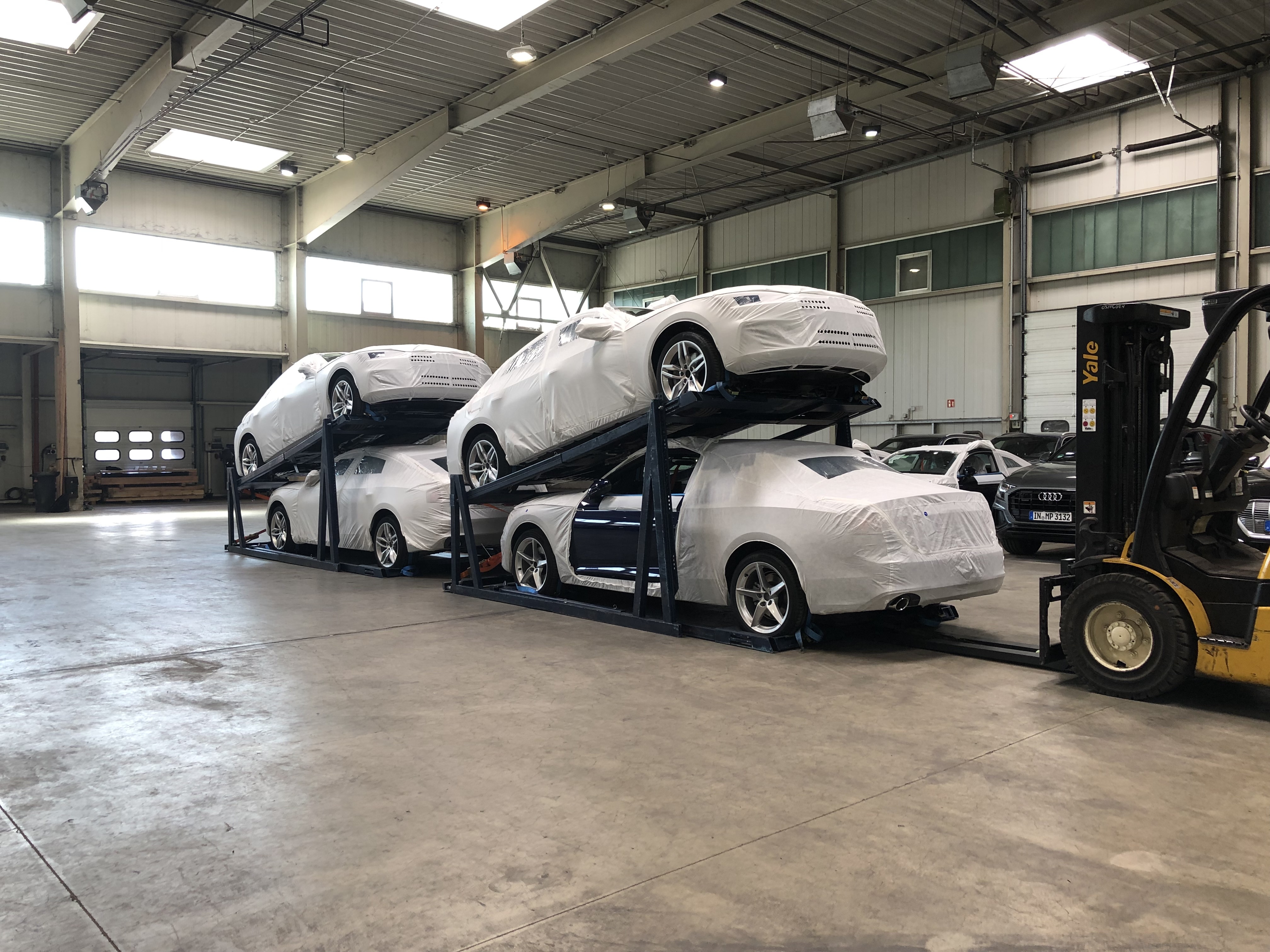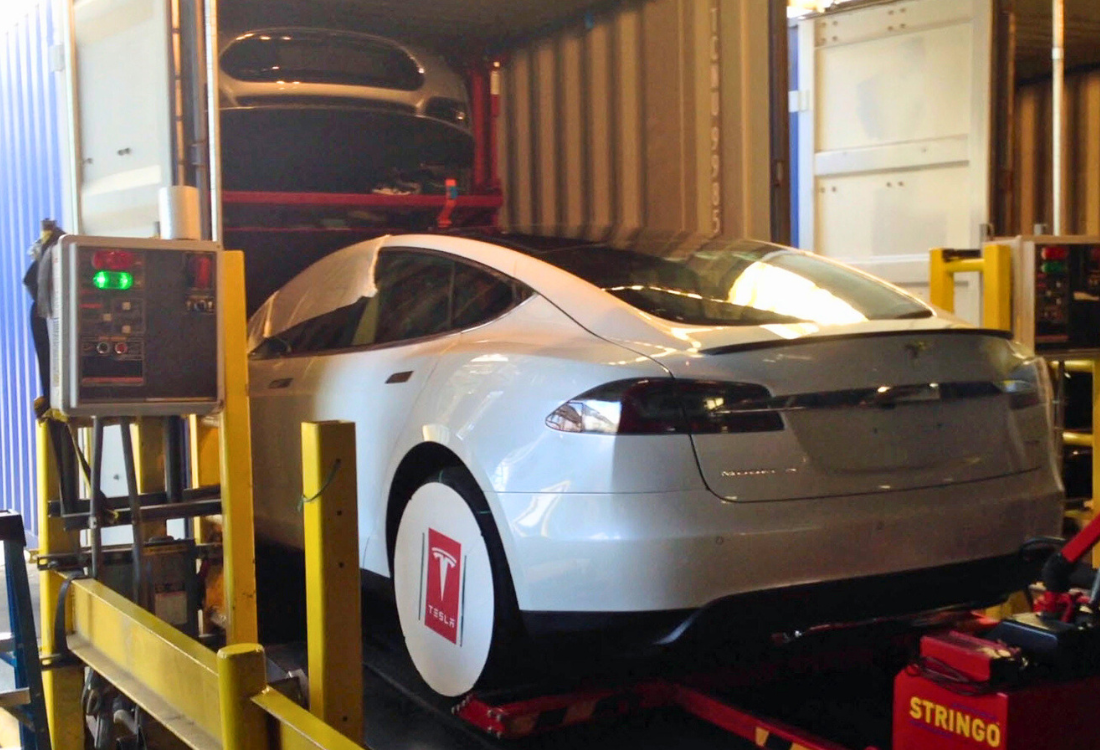
Worldwide, the used car market is experiencing remarkable growth, with a value projected to reach US$2.72 trillion by the end of the decade, and a compound annual growth rate of 6.2% between 2023 and 2030. This is a significant development, and there are several factors driving this ongoing expansion. Affordability is one of them, as used cars are a cost-effective alternative to new vehicles at a time when household incomes are squeezed. The variety and availability of second-hand electric vehicles have further widened the market, making sustainable mobility more accessible to a growing number of drivers.

Bypassing The Global Chip Shortage
The global chip shortage following the COVID-19 Pandemic has also had a substantial impact on the automotive industry, reducing new vehicle production by over 11 million units in 2021, and causing a 12% drop in global new-car sales compared to 2019. As shortages persisted through the early 2020s, prices for second-hand vehicles consequently rose, transforming the used car market into a lucrative international niche for businesses specialising in transporting cars in high volumes. Taken together, these factors pushed many consumers and fleet operators towards the used car market, accelerating demand and driving up used-car sales by 11.5% year over year by 2021.
For Finished Vehicle Logistics Businesses, What Is The Most Efficient Way Of Transporting These Used Cars In Bulk Between Global Marketplaces?
Many businesses in the automotive sector still rely on traditional roll on roll off car shipping, or Ro-Ro, to transport high-volume consignments of vehicles. However, while Ro-Ro still has its place in the new vehicle market, it often falls short for used car bulk shippers needing greater flexibility and global reach for their cargo. Ro-Ro services are usually limited to major deepwater ports and follow less frequent schedules, creating potential bottlenecks and delays. This is why containerised shipping often offers a more practical and effective alternative for used-car shipments.
The Advantages Of Containerised Shipping
For businesses moving large quantities of second-hand vehicles, containerised shipping provides considerable flexibility and value for money. Container ships sail on frequent, often weekly schedules to a vast network of ports worldwide, including many smaller and more localised destinations. This increased reach allows you to connect with more markets and reduces your dependence on lengthy inland supply chains, streamlining your entire operation.
Another big advantage is safety. When loading cars into containers, each vehicle is securely braced within a strong and enclosed steel box. This significantly reduces your risk of damage from exposure to the elements, salt water, weather, or transit-related incidents compared to the open decks of Ro-Ro carriers. For high-volume shippers, minimising damage, even by a fraction, across hundreds or thousands of units is an essential part of keeping unit costs down and of maintaining insurance premiums at an affordable level.
Containerised transport also has an environmental benefit. By optimising your route so that a greater proportion of your trip is carried out by sea, you reduce the number of changeovers required and the time spent on road or rail. This reduces the overall carbon footprint of the journey, as well as contributing to less road congestion, air pollution, and reducing the general environmental impact of your logistics operation.
Find Out More
To unlock the full potential of containerised shipping for used vehicle logistics, you need the right equipment. With a flexible and reusable racking system, you can transform a standard shipping container into a highly efficient, multi-vehicle transporter. At Trans-Rak, our finished vehicle racking systems are designed to maximise the efficiency of automotive transport. To find out more or to request a quote, please contact one of our team today by clicking here, or by calling 01926 408282.















